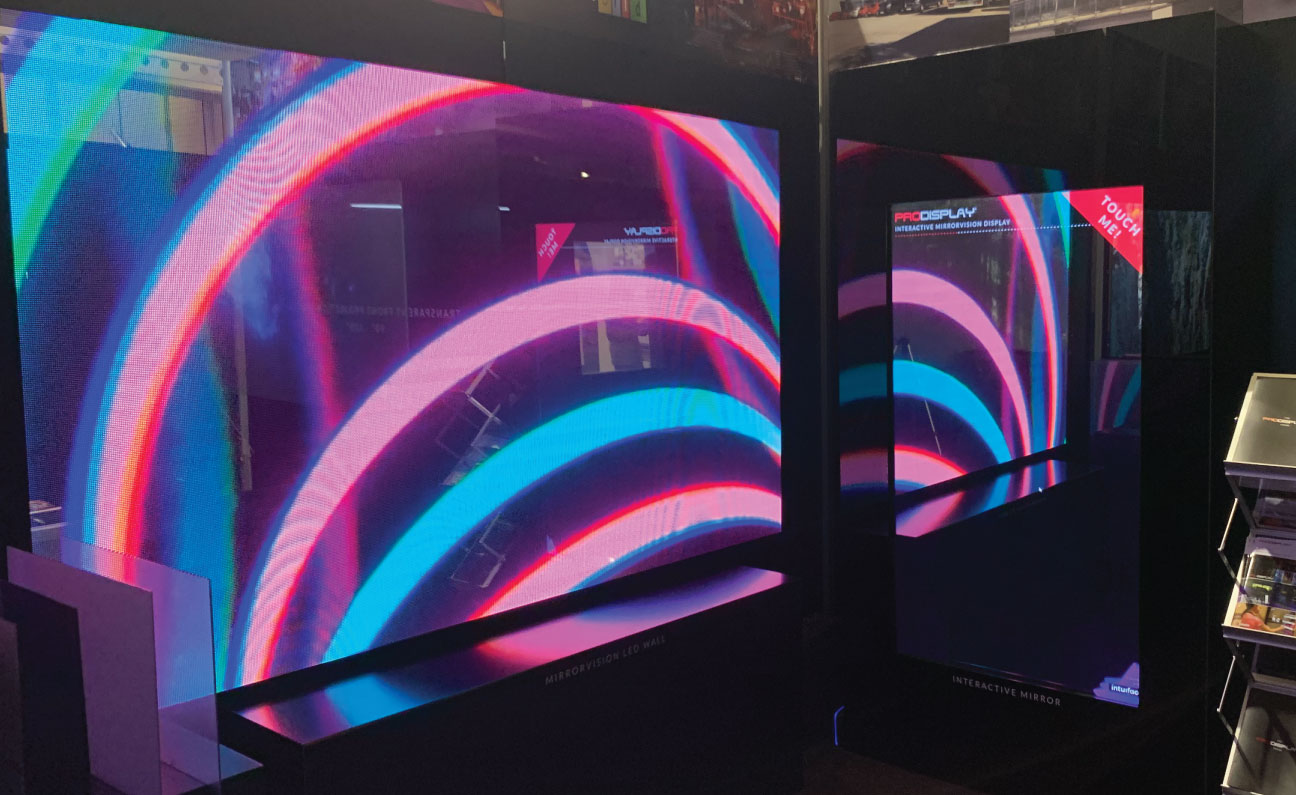Investigating the Crucial Factors That Influence Hue Consistency in Light Emitting Diode Panel Panels for Ideal Visual Performance
Investigating the Crucial Factors That Influence Hue Consistency in Light Emitting Diode Panel Panels for Ideal Visual Performance
Blog Article
Hue consistency in light-emitting diode wall panels is essential for achieving maximum optical output. LED wall panels are commonly used in various settings, including concerts, meetings, and promotional displays. When the hues on these panels are consistent, they create a more engaging and immersive experience for viewers. Several critical factors affect hue consistency, including the quality of the LED elements, calibration processes, and surrounding factors.
The caliber of the light-emitting diode components plays a significant role in color uniformity. Various types of LEDs emit light at different frequencies, which can influence the overall hue result. Premium LEDs are designed to produce a more consistent light spectrum, resulting in improved hue accuracy. Additionally, the production method of these light-emitting diodes can affect their performance. Panels made with superior materials and technology tend to have less color variations, ensuring that the displayed images and footage look lively and faithful to reality.
Calibration is another crucial factor in maintaining hue uniformity in LED wall panels. Tuning entails adjusting the settings of the screen to ensure that the hues shown align the intended design. This procedure can consist of fine-tuning brightness, differentiation, and hue equilibrium. Regular calibration is essential, especially in settings where lighting conditions change often. By tuning the panels, technicians can correct any inconsistencies in hue output, leading to a more uniform observing encounter.
Surrounding conditions also affect hue uniformity in light-emitting diode wall panels. Factors such as ambient light, heat, and moisture can affect how colors are perceived. For example, intense surrounding light can wash out hues, making them look more check out here lively. Similarly, extreme temperatures can affect the functionality of the light-emitting diodes, resulting to hue shifts. To mitigate these issues, it is crucial to place light-emitting diode wall screens in managed settings where illumination and temperature can be managed effectively.
Finally, the layout and arrangement of the light-emitting diode wall screens can affect color consistency. The configuration of the panels, as well as the distance from which they are observed, can create differences in hue recognition. When screens are arranged too far apart or at different angles, viewers may notice discrepancies in hue. To obtain the best optical output, it is important to consider the placement and alignment of the panels during installation. By addressing these elements, operators can guarantee that their light-emitting diode wall screens provide a uniform and superior visual experience.